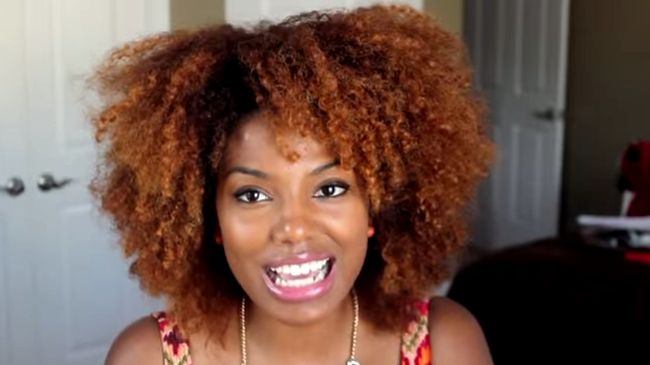
Based on the porosity of your hair, there are some steps to follow to keep our color lasting longer with more time in between retouches, while preserving the integrity of the hair. It has been said that porosity is the frenemy of hair color, because when porosity is balanced, the color has a better chance of a successful finish, but when the porosity is inconsistent the results may reflect that.
Here are some things to remember when preparing your hair for color based on your hair’s porosity and how well your hair can hold and maintain moisture. Highly porous hair receives moisture with minimal effort and releases moisture with minimal effort. This hair type may have gaps and holes in certain areas of the cuticle, leaving the hair vulnerable to the elements, including water, which can severely damage this fragile hair type over time. On the other hand, non-porous hair has a difficult time receiving moisture and an equally difficult time releasing moisture. This hair type is typically very glossy, can often repel moisture, and is resistant to chemical treatments. Hair with normal porosity has a more balanced cuticle and only requires an occasional amount of moisturizing and strengthening. Chemical treatments are most predictable with a normal hair type.
How to best to prepare your hair
Old school hair theory used to believe that it is best to color dirty hair. There was some real truth to this, as dirty hair typically has a residue of sebum coating the hair strands. This sebum serves as a primer or buffer on the hair strands, evening out the porosity and giving a smooth, balanced color treatment. This was especially important in pastimes when hair color was harsher and had more potential to damage one’s hair. Today you do not have to worry about salving your hair in coconut oil or olive oil to hopefully protect your strands. Hair color has evolved to find gentler methods of treatment. West Texas Colorist, Jennifer Harr, chimes in to give us a glimpse of her typical client recommendations based on porosity.
Old school hair theory used to believe that it is best to color dirty hair.
“Most hair types need to be assessed for determining if there is a buildup on the hair. Hair will process better when it is clean and free from excess product. If there is a buildup, which can be typical for low porosity hair, a clarifying shampoo is necessary or the Malibu Wellness Treatment is great for pulling out the minerals in the hair. A conditioning treatment (Malibu Miracle Treatment”> should follow to equalize the porosity and provide a more conducive surface for hair coloring. Very porous hair needs a leave-in conditioner like the ‘structure equalizer’ to be used under the color for a more even result. Without a structure equalizer on porous hair, the color could come out too darker to cool or it could simply just rinse off with the first shampoo.”
How it all works
Detoxing or clarifying treatments draw out the minerals with crystallized vitamin C. This helps to remove and prevent discoloration and brassiness attributed by iron and copper deposits on the hair, which can react with the dye molecules in the hair color. These minerals can attract to the hair through well water, hard water, and chlorine and could produce adverse colors. A removal is necessary followed by a protein rich conditioner (for certain hair types”> to mimic the natural structure of the hair. This is a great way to prepare the hair for a smooth palette before coloring.
Porosity color prep
It is always best to consult your stylist to see what they recommend for your unique hair type.
High porosity
Deep clean the hair 24-48 hrs before your treatment, deep condition with a balanced moisturizing and strengthening treatment, rinse, and style with a leave-in conditioner only (no heavy products”>. This hair type can benefit from a light trim at the time of color treatment.
Normal porosity
Cleanse your hair 24 hrs before your color treatment, skip the conditioner, and use a light leave-in conditioner.
Low porosity
Demineralize the hair with a deep clarifying shampoo or demineralizing treatment to allow the color to adhere to the cuticle. Skip the conditioner all together and ask the stylist if you should use a higher volume developer if your hair is exceptionally resistant to color.
Knowing which method is best for you is the most important piece. Take some time to consult with your stylist. The good news is that most of your hair prep can be done at home to save you time and money. Enjoy your lasting hair color treatment and repeat these steps every time you color for maximum benefits!
